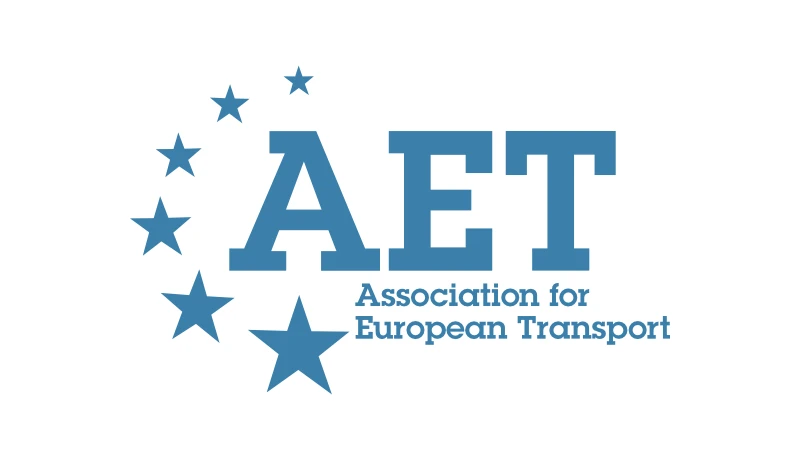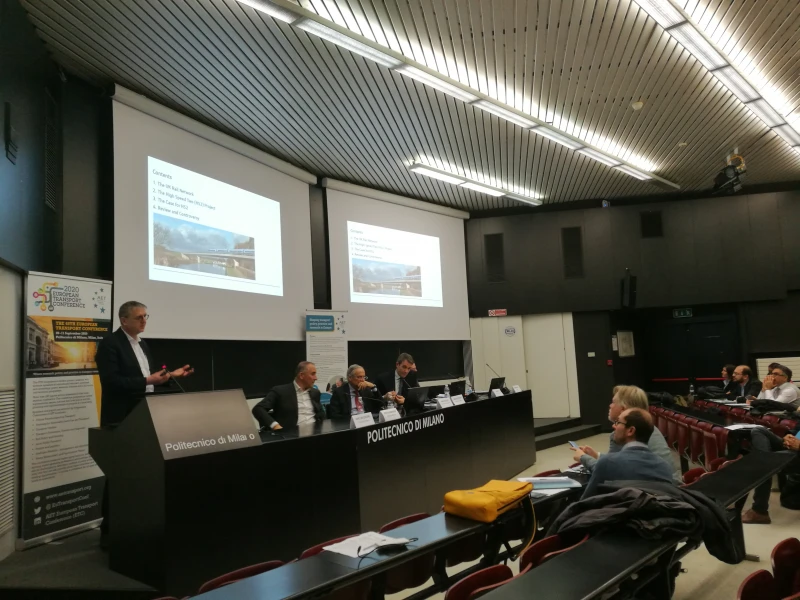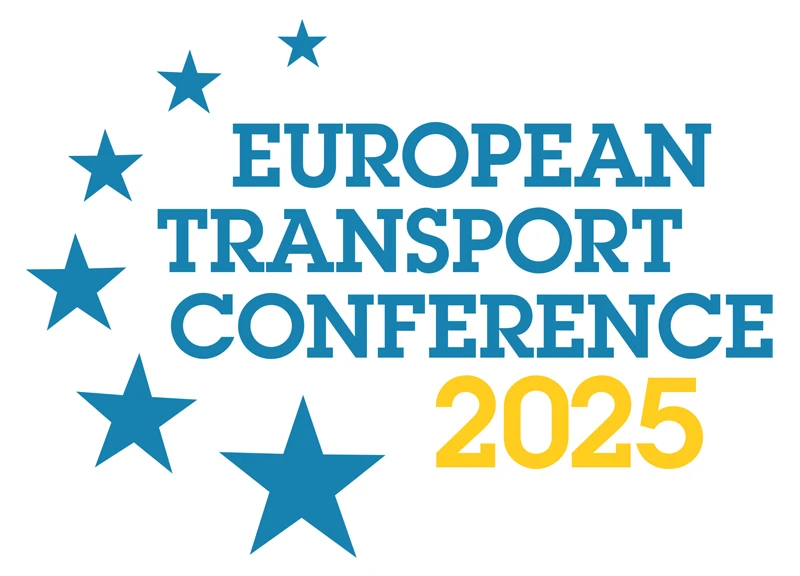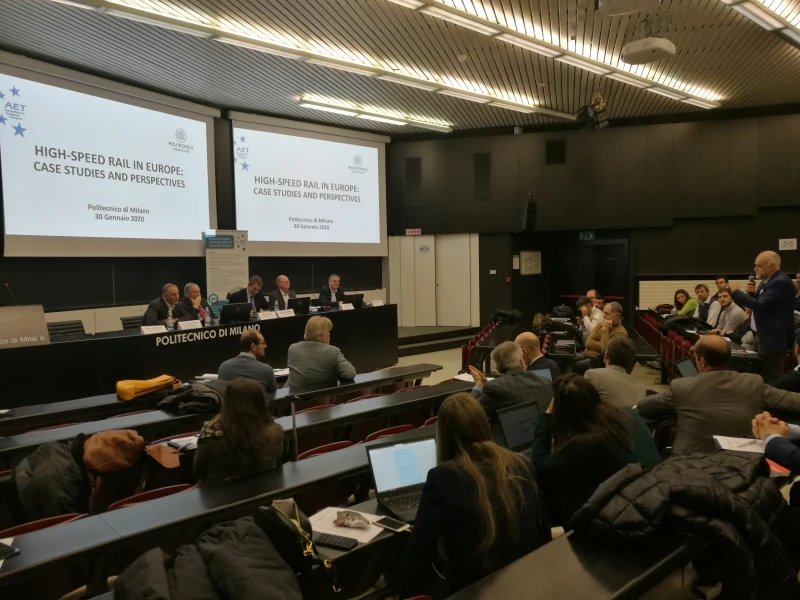-
Past ETC Papers
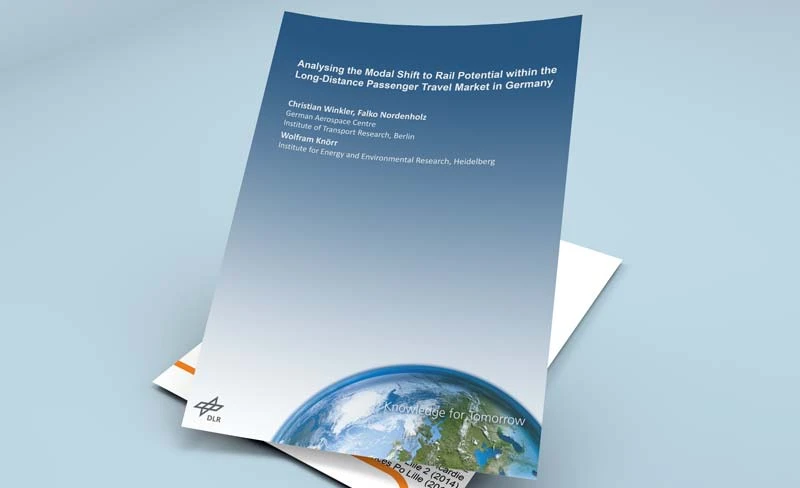
Browse, search and view papers from the past AET Conferences.
-
Members' Area
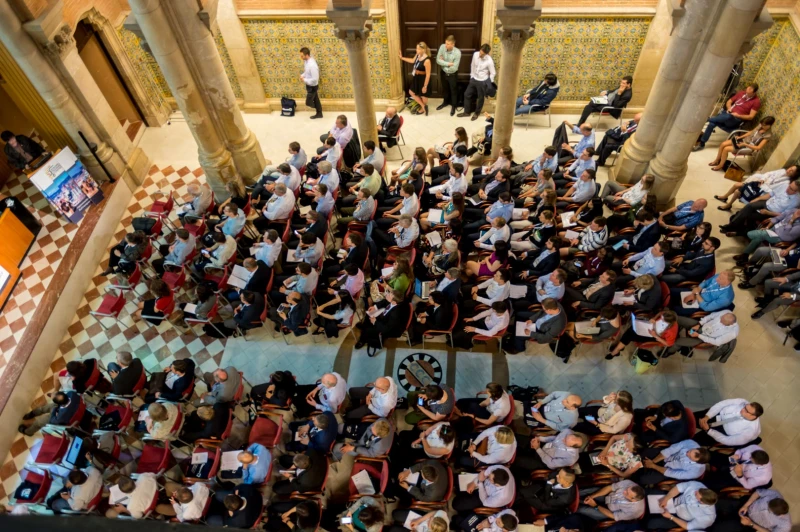
AET promotes networking and exchange of ideas, information and opportunities amongst members.
Conference Papers 1997
Uxbridge, United Kingdom
ETC Conference Papers 1997
A microeconomic trip generation equilibrium model
Seminar
Day 1 (1 Jan 1997), Transportation Planning Methods Volume 2, Trip Generation, 09:00 - 10:30
Status
Accepted, documents submitted
Authors
MARTINEZ F C and HUENUPI Mauro A, University of Chile, Chile
Short abstract
The basic feature of the trip generation phenomenon is that trips are derived from activities demand, which is well known according to Domencieh and McFadden (1975). However, it has not been properly incorporated into a theoretical framework and actual mo
Abstract
The basic feature of the trip generation phenomenon is that trips are derived from activities demand, which is well known according to Domencieh and McFadden (1975). However, it has not been properly incorporated into a theoretical framework and actual models. They try to explain the trip generation without explicitly considering that a trip is only a requirement for the individual to perform an activity. The trip itself has no explanation, it is justified by the wish or need of going shopping or performing social visits, working, studying or having fun. This characteristic of mobility is one of the main research matters of the activity base approach (Kitamura, 1988).
These remarks show an aitemative approach to study the trip generation, similar to that used in the on the activity based approach, but with traditional modeling elements : instead of a direct study to reproduce generation of trips, we first study the phenomenon of activities demand and then derive the trip generation. Although the study of activities demand is a complex task, fortunately a microeconomic model of the kind have been developed which will be used for our purpose . Once the activities demand is known, it is possible to calculate the corresponding travel demand, by introducing the activity chaining concept which is concerned with the concatenation of activities in one trip chain. This concept, however, only makes sense at an individual level where equilibrium of choices take place, which is the reason to maintain that disaggregafion level throughout the framework. In other words, we leave home as the basic unit of analysis for the trip generation, although it maintains its role to describe socioeconomic characteristics.
The objective of this work is to develop a framework in order to study the trip generation in order to obtain a better theoretical understanding of people's mobility a an operational model. A better understanding means to know the variables which influence on the phenomenon and how it is affected; particularly, it is important to know what is the role of the transportation- land use system and the role of socioeconomic characteristics of the individual in the travel demand. This paper does not present the operational model of trip generation.
The paper is organized so that in the next chapter the theoretical approach is developed and, in the following one, the obtained results are commented emphasizing the methodological contribution of the approach
Documents:
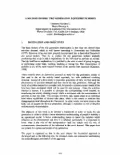
Association For
European Transport
Forester House
Doctors Lane
Henley-in-Arden
Warwickshire, UK
B95 5AW
+44 (0) 15 64 793552
VAT number: 710 1866 64
Conference Supporters & Endorsers




Legal Entity
The Association for European Transport is registered as an Association ('vereniging') with the Chamber of Commerce for Haaglanden in The Netherlands under company number 27170096.
Built on Zenario

